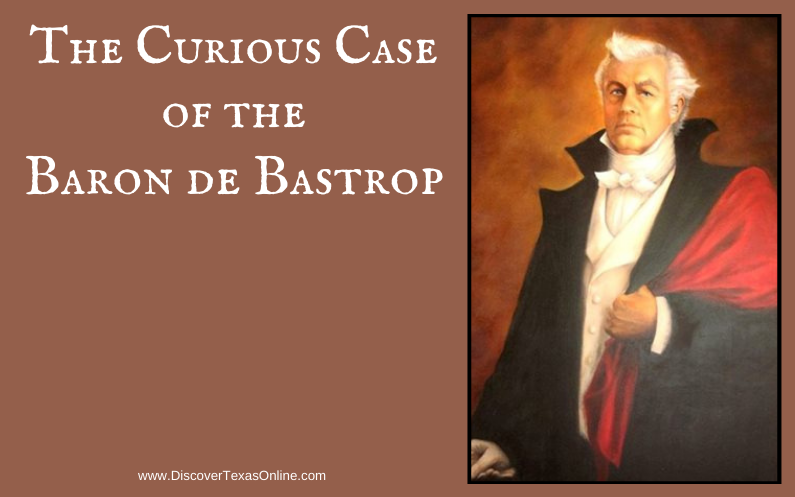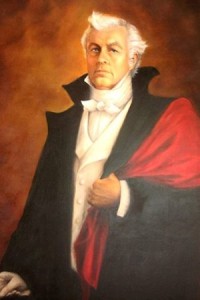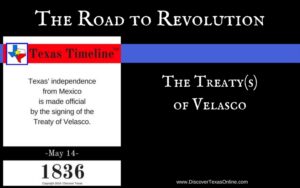
Bastrop County as well as the cities of Bastrop, Texas and Bastrop, Louisiana were named in honor of Felipe Enrique Neri, Baron de Bastrop…a man who never actually existed.
The man who called himself the “Baron de Bastrop” was actually Philip Hendrik Nering Bögel, a Dutchman born in Paramaribo, Dutch Guiana on November 23, 1759. He moved back to Holland with his parents at the age of 4 and enlisted in the cavalry of Holland as a young man. At the age of 22 he married Georgine Wolffeline Françoise Lijcklama à Nyeholt. They had five children–two daughters, a son who died in infancy, and two additional daughters. Bögel left the military and was appointed collector general of taxes for the province of Friesland until 1793, when he and his family mysteriously disappeared. Could it be a coincidence that shortly after his disappearance the equivalent of a quarter million dollars was discovered missing from the tax funds? Bögel was accused of embezzlement. With a reward of 1000 gold ducats on his head, Bögel had good reason to disappear and adopt the title “Baron de Bastrop.”
Since this information came to light in 1955, historians accepted the story that Bögel had indeed embezzled the money, abandoned his wife and daughters, and knocked around Europe for two years before showing up in Spanish Louisiana in 1795 professing to be a nobleman who charmed and conned his way into the history books. As one historian states, the Baron de Bastrop went “from Texas hero to Texas zero.”
…but the story may not be that simple.
New evidence has come to light. A sailing ship, the Brothers, left Hamburg, Germany and arrived in Philadelphia, Pennsylvania on September 25, 1793–just four months after Bögel vanished. Among its passengers are listed a Philip Hendrick Bastrop, with wife Georgina Wolfeline Francoise Lycklama Bastrop and daughters Susana, Christina, Martha, and Augustina Bastrop. Their names match the names of Bögel’s family, and they all became United States citizens. It is unclear how he came to be in Spanish Louisiana in 1795, but it is also recorded that he purchased a plantation in Frederick County, Maryland in 1795. The entire Bastrop family appears there in the 1800 census, though Georgina and the girls were back in records in the Netherlands by 1803.
Bögel was in San Antonio, Texas by 1805 introducing himself by the Spanish name of Felipe Enrique Neri, Baron de Bastrop. He opened a freighting business and gained influence, eventually being appointed as second alcalde (vice-mayor) of San Antonio. In San Antoinio he also met Moses Austin shortly after Austin had been denied permission to establish a colony. Bastrop used his influence to introduce Austin to Governor Martinez and convinced the governor to allow the Anglo colony. When Moses died, Bastrop helped smooth the way for Moses’ son, Stephen F. Austin, and served first as the Mexican-appointed commissioner to the Austin colony and then as the colonists’ legislative representative in the capitol of Coahuila y Tejas in Saltillo. Though the colonists were grateful for his help, they were not able to pay him much. He died virtually penniless and was buried in Saltillo in 1827.
He was 68. He lived half his life as Philip Bögel, and half as some version of the Baron de Bastrop.
In all those years, despite his charisma and influence, the Baron was never seen in the company of a woman. He lived alone, and close friends often heard him lament that he missed his family terribly.
So the Baron de Bastrop was an inigma, but was he a “hero” or a “zero”? Perhaps neither. And perhaps some future historian will discover more clues to the truth of his story.



